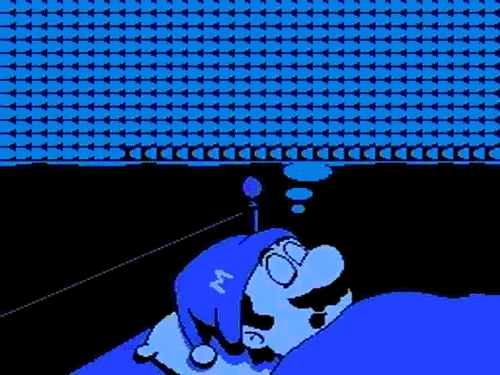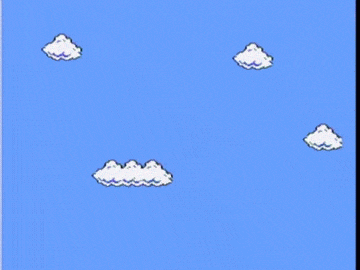Research Blog #1
- kehe3676
- Feb 22, 2021
- 2 min read
In Cory Arcangel’s interview with the Smithsonian with Crystal Sanchez and Claire Eckert, he details the future of digital art, preservation of work, and how digital art’s progress is leading to obsolete art. Arcangel’s art processes not only include thinking about the way he is going to develop or create a piece, but also takes aim at where digital art creations end up and how they are organized.
In thinking about the creation of a painting, it’s hard to lose a canvas, but with digital art, a piece can be lost to the abyss of files, documents, and images, without proper organization. “Digital maintenance,” as the artist calls is not only a way of maintaining artwork, but also preserving the piece to be used for galleries and exhibitions. Arcangel brings to mind a very important notion throughout his interview, will a digital artwork created today be around a century or even a couple decades later? When considering paintings, such as that of Georgia O’keefe, many of these pieces are fading, cracking, or bubbling in ways that reveal the fragile nature of artwork. Is digital art just as fragile?
Gaming systems, like Arcangel’s Nintendo 64 are mercurial, in the sense that they are always changing and progressing into the future, but with this progression comes the inevitable disregard for old software. Arcangel’s focus on showing how technological changes can lead to a different performance, draws upon the same tenets reflected in the fading colors in a painting, artwork is constantly evolving with age. By looking at digital art as a form of performance that will change with every technological progression, Arcangel projects a sense of serendipity within digital creation that redefines the medium.
Smithsonian Institution Time-Based and Digital Art Working Group: Interview Project- Interview with Cory Arcangel. Crystal Sanchez and Claire Eckert. July 7, 2013. https://www.si.edu/tbma/sites/default/files/interviews/tbma-int-ocio-coryarcangel_20130707.pdf














Comments